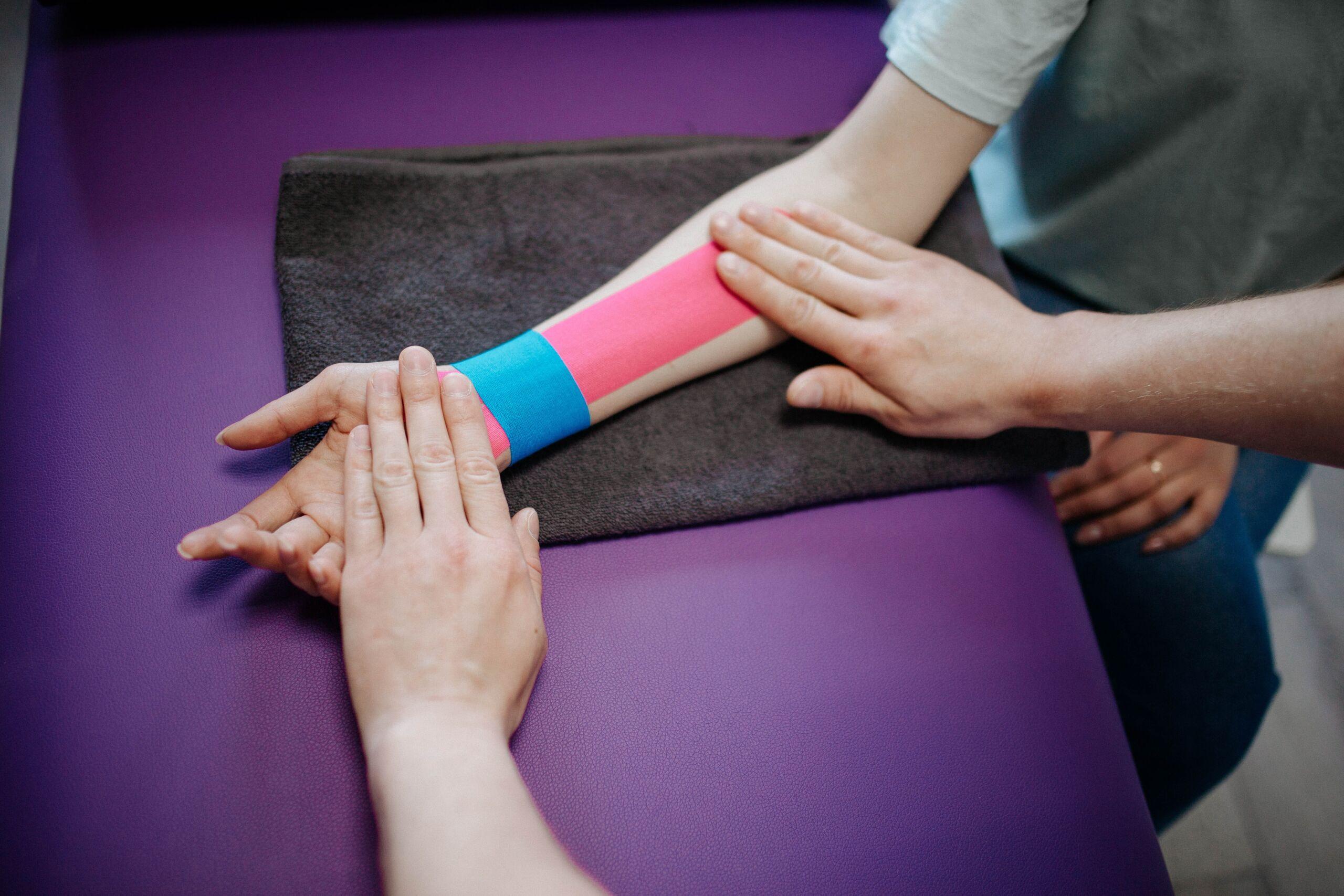
The way our bodies function impacts nearly every facet of our lives, and as such, it’s important that we know what’s affecting our bodies and how to fix it. In other words, we need kinesiology.
What Is Kinesiology?
Kinesiology is a study of movement. It is a form of therapy that uses muscle monitoring techniques, also known as biofeedback techniques, to identify the body’s performance and efficiency issues. This helps identify areas in the body that may cause or contribute to disease. Kinesiology aims to detect and maintain a balance in the muscles and tissues.
Kinesiology helps relieve issues that cause imbalances. Using this, it addresses stress, nutrition, and even minor disorders. Improving the natural movements of the body and its tissues aim to accelerate the body’s healing process, facilitating recovery. However, kinesiology cannot be used to diagnose any disorders.
Everything You Need to Know About Kinesiology
Where Does Kinesiology Originate From?
Kinesiology originates from traditional chiropractic medicine. Kinesiology as science was started by Dr. George Goodheart, a chiropractor who adapted the theories and practice of ancient Chinese medicine, especially acupuncture, into chiropractic medicine. This way, he established kinesiology as a practice that addressed a state of disease as a disturbance of energies in the body rather than a physical problem.
Applied kinesiology, therefore, identifies stress that plagues the whole body but is manifested as localized pain or injury.
How Does Kinesiology Work?
Kinesiology considers that every muscle of the body is linked to a specific organ. An individual can gauge their overall health by manually evaluating every muscle. Essentially, where the manual evaluation of muscles in traditional medicine only analyses a patient’s physical well-being, kinesiology suggests that musculature evaluations can provide significant insight into a patient’s mental and emotional health.
By principle, kinesiology is non-invasive. It focuses on three main principles:
- Anatomy: By muscle manipulation, it aims to improve a problem that has already been identified. The problem can concern the nervous, muscular or skeletal system.
- Physiology: By evaluating the muscular system, kinesiology aims to identify any potential nutritional deficiencies that aggravate an existing ailment or manifest as one. This is why kinesiology puts a lot of emphasis on healing through nutrition.
- Biomechanics: Kinesiology is firmly rooted in the belief that the body’s energies are in synergy with the emotional and biochemical realm. Therefore, it places a lot of emphasis on addressing problems through metabolic and biochemical interventions that address mental and non-organic disease spheres.
What Are Some Techniques Used in Kinesiology?
Kinesiologists work with healing energies, the life forces of the individual. They are best used in conjunction with conventional medicine to optimize a patient’s health outcome.
Some of the standard techniques used in Kinesiology are:
- Acupressure
- Hypertonic muscle release
- Attention to reflexes of the body
- Identifying body triggers
- Lymphatic massages
- Homeopathic medicine
- Flower therapy
- Myofascial releases
- Counselling
- Joint/muscle manipulations
- Meridian therapy
- Nutritional advice
- Modifications in the environment
Due to the non-invasive nature of Kinesiology, it does not provide much evidence to support the diagnosis of diseases. However, it does play a significant role as a treatment modality in alternative medicine.
Key Benefits of Kinesiology
Kinesiology uses the combination of muscle monitoring and energy healing to treat the effects of disorders like stress, anxiety, burnout, depression, and other kinds of emotional discomfort.
Some of its key benefits are:
a) Identification of physical muscle imbalances and reactions to them:
By muscle manipulation, kinesiologists identify physical imbalances that cause pain to an individual. This also helps identify the irregularities it may cause. Through kinesiology, your body is taught to channel its healing energies toward these physical imbalances and remove muscle blockages.
b) Muscle monitoring:
Kinesiologists prompt you to monitor the muscles in your body that are constantly stressed. Through various massages and Kinesio tapes, Kinesiology can help an individual and an athlete with how to help the body relax and let the body fluids flow without resistance. This protects the body’s adrenal gland and allows athletes to improve their performance.
c) Identification of nutritional needs:
Through natural methods, Kinesiology identifies your body’s nutritional needs, which may be the source of or may contribute to any of your existing problems. This identification can often help you improve your physical and emotional health by merely changing your diet regimens.
Uses of Kinesiology
Kinesiology has several uses in alternative medicine and has been often prescribed for use in conjunction with traditional allopathic medicine. Some most common areas it is used in include:
- Pain management
- Stress, anxiety, depression, etc
- Digestive disorders
- Back problems
- Learning disabilities
- Sports injuries
- Food sensitivities and allergies
- Nervous disorders
- Respiratory problems
- General health & well being
- Personal development, etc.
Due to the emphasis placed by kinesiology on nutrition, it plays an essential role in improving gut health through diet optimization.
Kinesiology can evaluate a person’s nutritional status by large and therefore helps address food intolerance, deficiencies, chemical intolerance or insensitivity, gut problems, etc.
For emotional and mental health problems, kinesiology brings forth energy healing. For nervous disorders and muscle or sports injuries, muscle manipulation is used.
Are Kinesiology and Physiotherapy Different?
While both kinesiologists and physiotherapists address muscle health and limb function, their treatment strategies differ significantly.
Kinesiologists focus on rehabilitating an injury through overall healing of the body—including physical, mental, and emotional aspects. Their services include the recovery from an injury and the overall health status of a patient. Kinesiology also focuses on addressing any possible trauma brought forth by injuries.
However, physiotherapists address only the recoveries of an injury. They utilize a more holistic and medicine-centric approach to restore or improve the function of a limb that has been injured.
Typically, physiotherapists take over the first round of rehabilitation for a patient and then refer them to a kinesiologist for further rehabilitation and help. This is one of the most common examples of Kinesiology being used in conjunction with traditional medicine.
At Synergy Rehab, Kinesiology plays a significant role in helping our clients get through their rehabilitation program as smoothly as possible. To learn more, contact us today!








